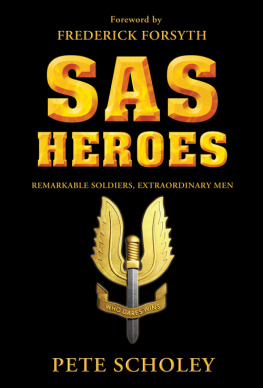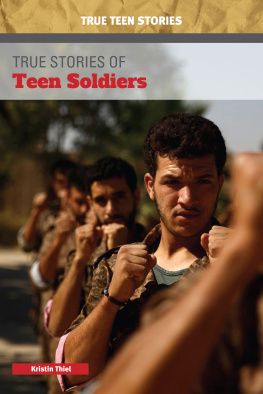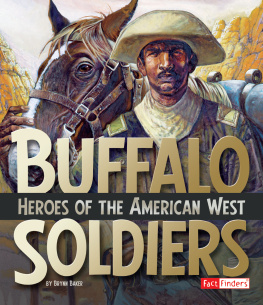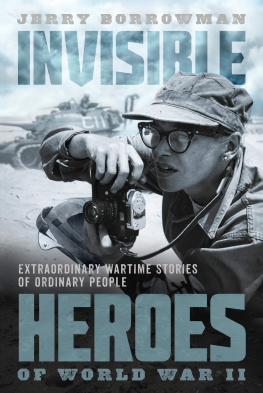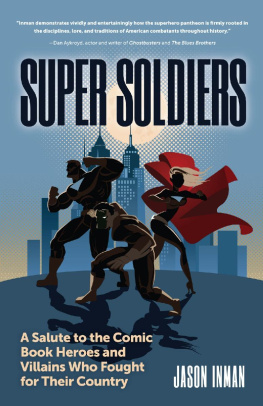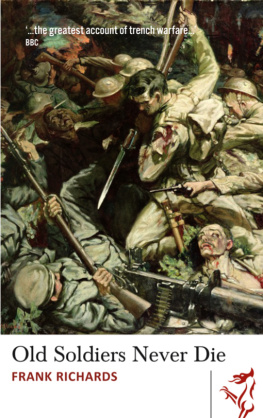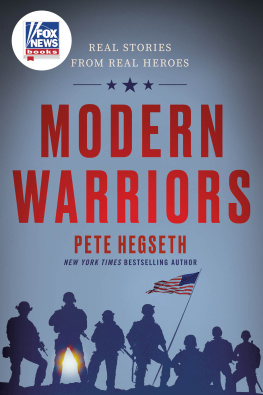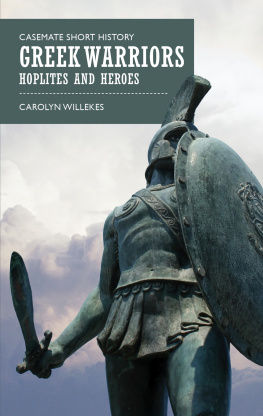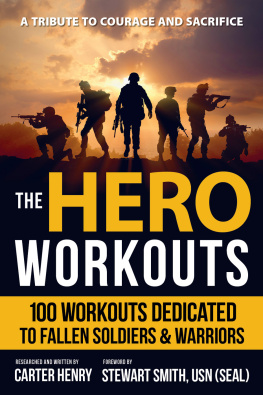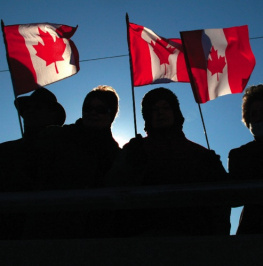SAS
HEROES
REMARKABLE SOLDIERS, EXTRAORDINARY MEN
PETE SCHOLEY
DEDICATION
I dedicate this book to HM Forces, who have always given a good account of themselves on the field of battle. All the soldiers were valiant.
We are the Pilgrims, master; we shall go
Always a little further; it may be
Beyond that last blue mountain barred with snow,
Across that angry or that glimmering sea.
(From The Golden Journey to Samarkand by James Elroy Flecker, inscribed on the SAS memorial clock tower.)
CONTENTS
ACKNOWLEDGEMENTS
My thanks to Rod Green, Mal Peachey, John Conway, Richard Belfield and Anita Baker for their help and advice during the writing of this book.
My appreciation, also, to the families of those mentioned in the book for their support and loan of photographs.
Special thanks go to Colin Wallace, Mark Haworth, John Partridge, Bob Podesta, Pete Winner, Don Large, Mike Colton and Paul Griffiths for their encouragement and help throughout this project.
Lastly, I am indebted to my wife, Carolyn, unpaid secretary and computer wizard.
FOREWORD
Like many people in Britain, I recall 5 May 1980 with perfect clarity. Half the country was riveted to the World Professional Snooker Championship on TV. It had reached a crucial stage. Cliff Thorburn and Hurricane Higgins were tied at 17 frames each; the world crown hung on the 35th frame. Then the screen blanked and turned to a blizzard of white dots that eventually dissolved into a street scene.
The language in my own sitting room went as blue as the sky outside. Then I recognized the building on which the cameras were fixed. It was the Iranian Embassy, which for a week had been infested by a group of terrorists, holding the entire staff, a BBC sound man and a London policeman hostage. As we watched, spidery figures in black outfits rappelled down from the roof, crashed through the windows and disappeared inside to the chorus of stun grenades. Within a few moments, the embassy had been liberated, the hostages freed and five of the six terrorists slotted as the Special Air Service (SAS) later came to refer to the act of killing.
It was on that day that the SAS Regiment was transformed from a shadowy and vaguely mentioned group of special forces soldiers into a national and eventually international obsession. Today it would be hard to count the number of mentions of the SAS initials in media and fiction. Impelled by a fevered public interest, various journalists and writers have explored the history of the SAS from its beginnings in the Western Desert in 1941, as the much-mocked idea of a young Scots Guards officer called David Stirling, to the present day. Some accounts are accurate, some fanciful and not a few are enough to cause derisive laughter in a certain barracks complex outside Hereford.
We knew of course that the SAS played a covert but highly significant role in the 33-year struggle against the Irish Republican Army (IRA). We have learned of the long and sweaty campaign against Indonesian forces who tried to take over North Borneo (part of the Malaysian Federation and thus of the Commonwealth). We have heard of the seven-year secret war waged to deter fanatical guerrillas infiltrating into Oman from communist Yemen, and to keep Sultan Qaboos on his throne. We know vaguely about the presence of teams from the SAS who train special forces all over the world, protecting the lives of monarchs and presidents; of hostages sprung and terrorists slotted; of high-altitude drops by parachute far behind enemy lines; of ships with illegal and deadly cargoes boarded at sea by dead of night; of prisoners liberated in Sierra Leone from the grips of drug-crazed madmen; and of missions deep inside Iraq during the Gulf War of 199091.
Some of us have learned from those who were there how the liberation of a hijacked German airliner at Mogadishu nearly went catastrophically wrong until two SAS men, who were only there to advise their German colleagues, stepped in and wasted three of the four terrorists. And there were tales that never hit the press at all, such as the affair of the president of The Gambia, toppled in a coup while playing golf at Gleneagles, restored 48 hours later and his captured family liberated. This feat was performed by two SAS non-commissioned officers (NCOs), who motored into Banjul from Senegal in a car hired at the airport.
Lastly, we have come to know that these three initials are synonymous with extreme physical hardness, relentless stamina, cool nerve and, on occasion, fearsome aggression. The most controversial operation of recent times was the taking down of three IRA killers on the Rock of Gibraltar. The three were planning a bloodbath in front of the governors mansion with a massive bomb in the boot of a parked car. As their ill-luck would have it, the day they died they were on an unarmed dry run, a reconnaissance, casing the joint with an empty car ... but the SAS men tailing them could not know that. The dummy car was parked to reserve a space for the next day. The three IRA operatives (two men and a woman) headed on foot back to the Spanish border. The SAS watchers could not know they did not have any detonator button on their persons. The order was given: they must not leave the Rock. They didnt.
The real car and the Semtex explosive were eventually found across the border in a Spanish car park, but the usual media elements attacked the SAS because the three IRA elements had been taken down while unarmed. Such coverage explains why the SAS really hates having to operate in front of crowds of civilians. They prefer to slip in, do the job and slip out again.
So what are they like? Really like? The only way to know is to ask someone who knew many of them, and well. Pete Scholey did; he was one of them. Pete is no spring chicken. Today a whole new generation of Ruperts (officers), NCOs and troopers fill the ranks. In this book, however, Pete Scholey gives a pen portrait of 20 of those SAS soldiers who became legends, but only inside their own tiny brotherhood. This book is a glance behind a curtain that very few can draw aside.
Frederick Forsyth
April 2007
INTRODUCTION
Here is a very personal book. It is written as a tribute not only to the men featured in these pages, but to all of those who have served with the SAS. On many occasions since leaving the forces, a few of us old SAS veterans have got together over a beer or two and inevitably reminisced about our time in uniform. We remember all the happy times, of course, the pranks and the laughs, but also those moments when we experienced the excitement, the fear and the horror of combat. Thats something that, with only a few words, you know you can share with someone who has been there, who has gone through those experiences alongside you. Its something that is often very difficult to explain, or even to talk about, with anyone who has not been through it. During these reunions, many of the same old stories are unearthed and given an airing not just to relive old times but also, I suspect, as a kind of cathartic exercise, a way of keeping old demons at bay. Its also a way of remembering those colleagues who are no longer with us, some who lost their lives in action and a few who died in training. All were heroes but none would have regarded themselves as such and none needed a medal pinned on his chest for his bravery to manifest itself. I hope that in writing this book I can help those outside the Regiment to appreciate the dedication and courage of these heroes.
The men I have chosen to write about are special in many ways, not least because many of them are among the last of their breed: SAS lifers who spent the best part of their military careers sometimes more than 20 years with the Regiment. I was honoured to serve with most of them and count many of them among my closest friends. Soldiers like Don Large, Alfie Tasker, John Partridge and Pete Loveday served with the Regiment during its renaissance in the jungles of Malaya in the 1950s before going on to Oman, Borneo and Aden. Pete would not ultimately retire for good until 1996, having spent 45 years with the army, 43 of those years with the SAS. Some of the men I have included, like Paddy Mayne, who was one of the founder members of the Regiment during World War II and took over joint command when David Stirling was captured, are legendary figures within the SAS. Lieutenant-Colonel Mayne was, unfortunately, before my time and I never had the opportunity to meet him, but I did come to know Len Owens, one of the survivors of a perilous mission behind enemy lines in the Vosges mountains in France in 1944 his is a quite remarkable story. The only other man I have featured with whom I did not serve is Vince Phillips, a brave man who died on the ill-fated Bravo Two Zero patrol during the Gulf War in 1991.

